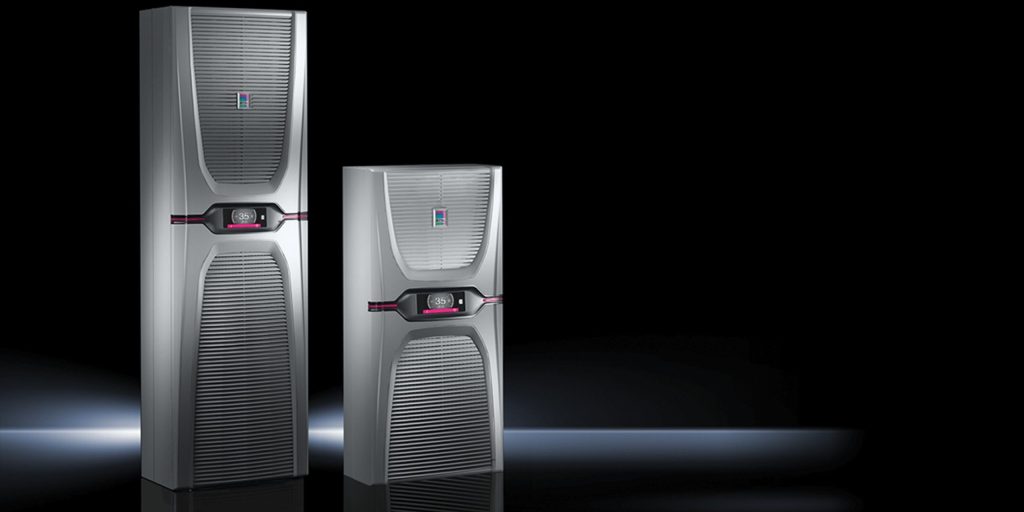Enhancing thermal management in enclosures is vital for ensuring the reliable performance of sensitive electronic components. When systems are housed in confined spaces, heat buildup becomes inevitable. Without proper ventilation and cooling, internal temperatures can rise to dangerous levels, potentially leading to malfunctions or permanent damage. Cooling fans play a critical role in dissipating this heat, allowing for efficient regulation of internal conditions and preserving system integrity over extended periods of operation. One of the primary benefits of using cooling fans in enclosures is the ability to maintain a steady and safe operating temperature. Fans work by continuously moving air through the enclosure, removing warm air and replacing it with cooler ambient air. This circulation process prevents heat from accumulating and helps distribute temperatures evenly throughout the enclosure. Consistent airflow also aids in reducing hotspots, which are common culprits of electronic failure in densely packed systems.

The strategic installation of cooling fans allows for better control over the internal climate of electrical enclosures. Depending on the size and layout, fans can be mounted on different panels to optimize airflow paths. Some systems benefit from intake and exhaust configurations, which create a directional flow, while others use cross-ventilation for balanced cooling. The flexibility of installation makes cooling fans an adaptable solution for various enclosure designs, whether for indoor or outdoor applications. In demanding environments where enclosures are exposed to fluctuating temperatures or contaminants, cooling fans offer added protection. Many enclosure cooling fans are designed with filters or sealed housings that help keep out dust, moisture, and corrosive elements. This ensures the internal components remain not only cool but also clean and safe from external damage. Such features are particularly valuable in industrial settings where both thermal and environmental threats are common.
Another advantage of using cooling fans is the enhancement of energy efficiency within the system. By maintaining optimal thermal conditions, components operate within their ideal parameters, which can lead to lower power consumption and longer service life. Over time, this translates to reduced maintenance costs and fewer system failures, making fan-assisted thermal management a cost-effective strategy for both small-scale and large-scale installations. Incorporating cooling fans into enclosure design is a proactive approach to managing thermal load. These guanxie devices support the longevity and performance of internal systems while allowing engineers to build more compact, high-density enclosures without compromising safety. Whether used in automation controls, telecommunications, or power distribution systems, effective thermal management through fan integration ensures that enclosures continue to function reliably, even under strenuous operational conditions.
